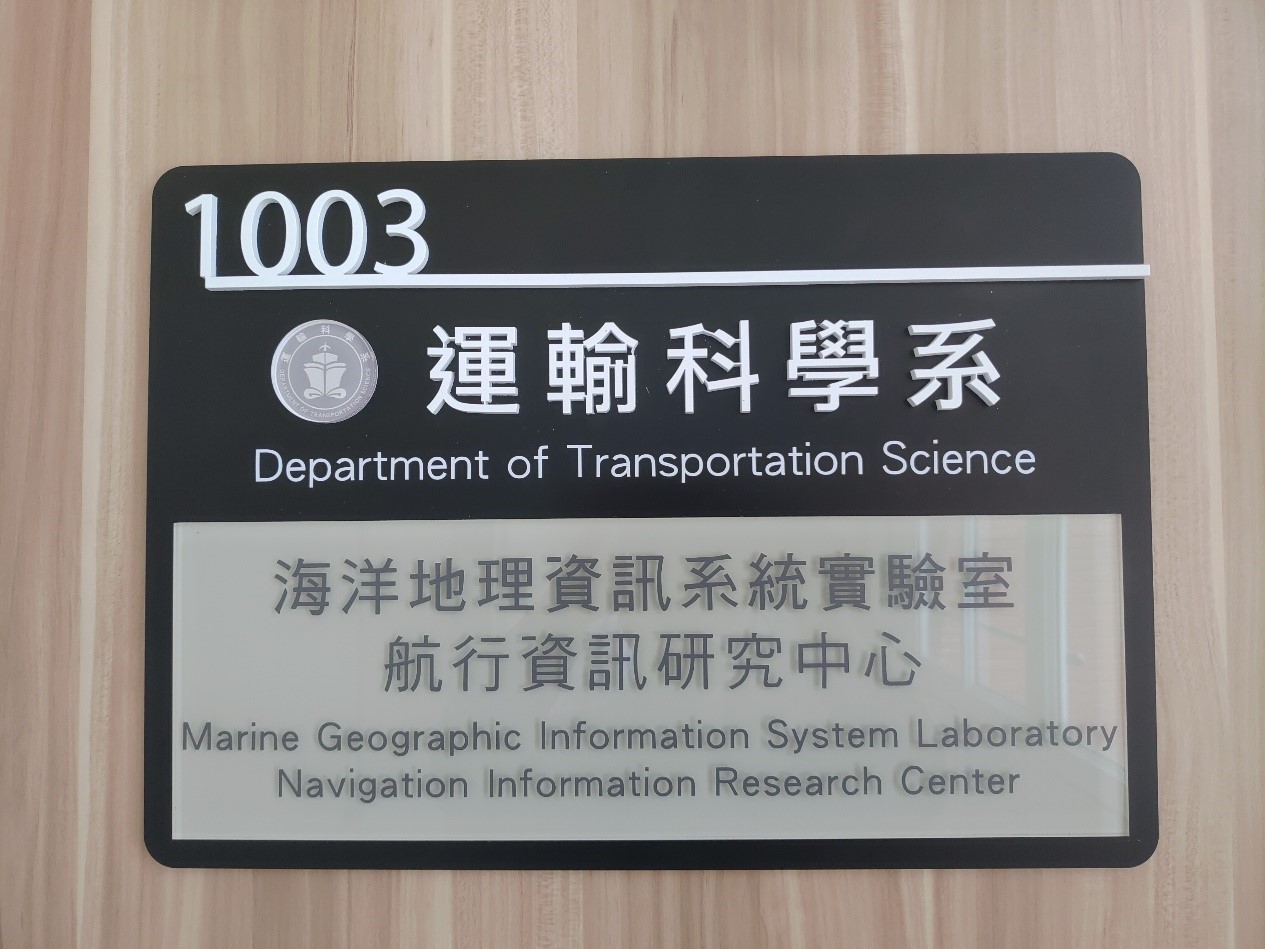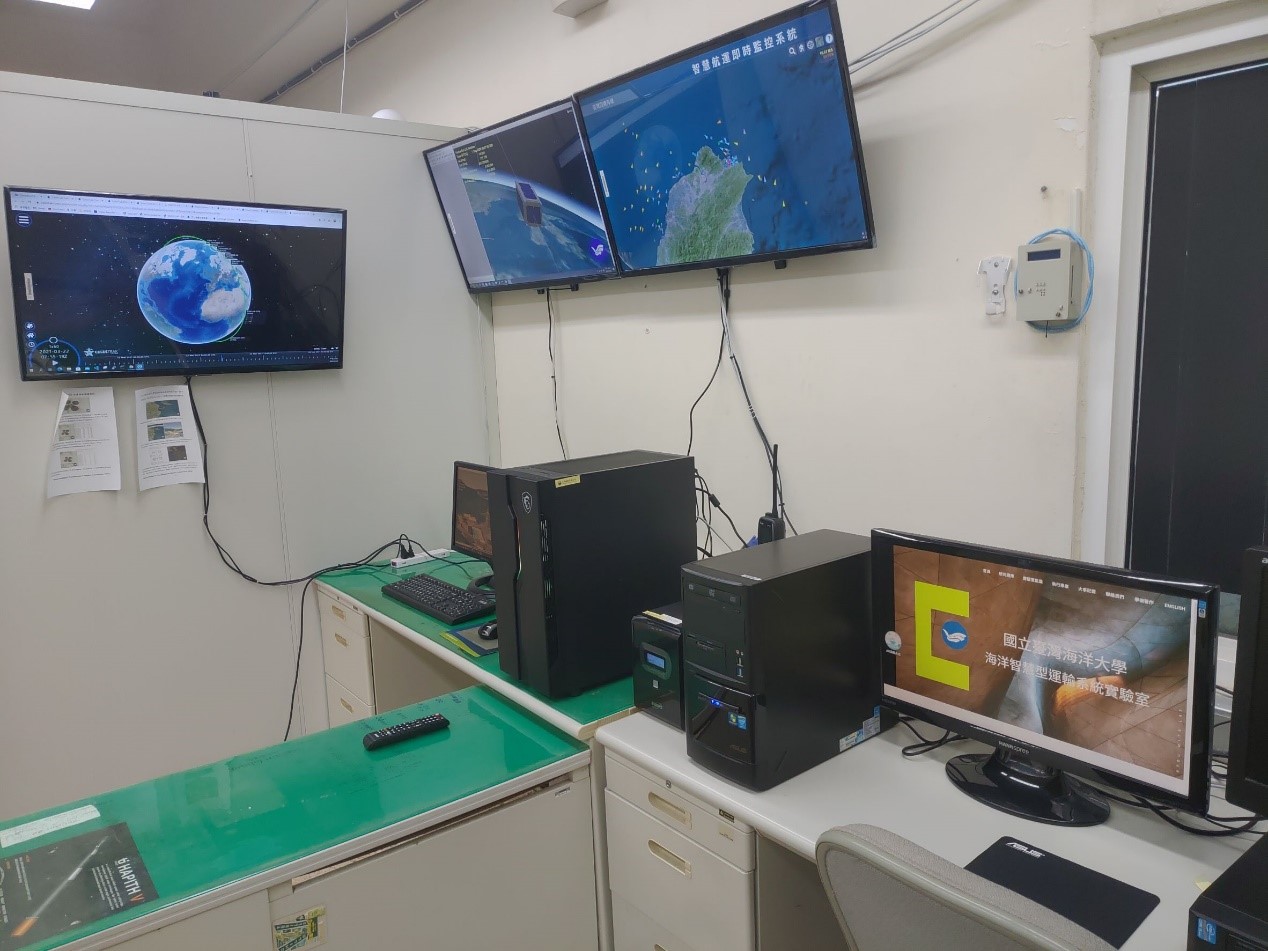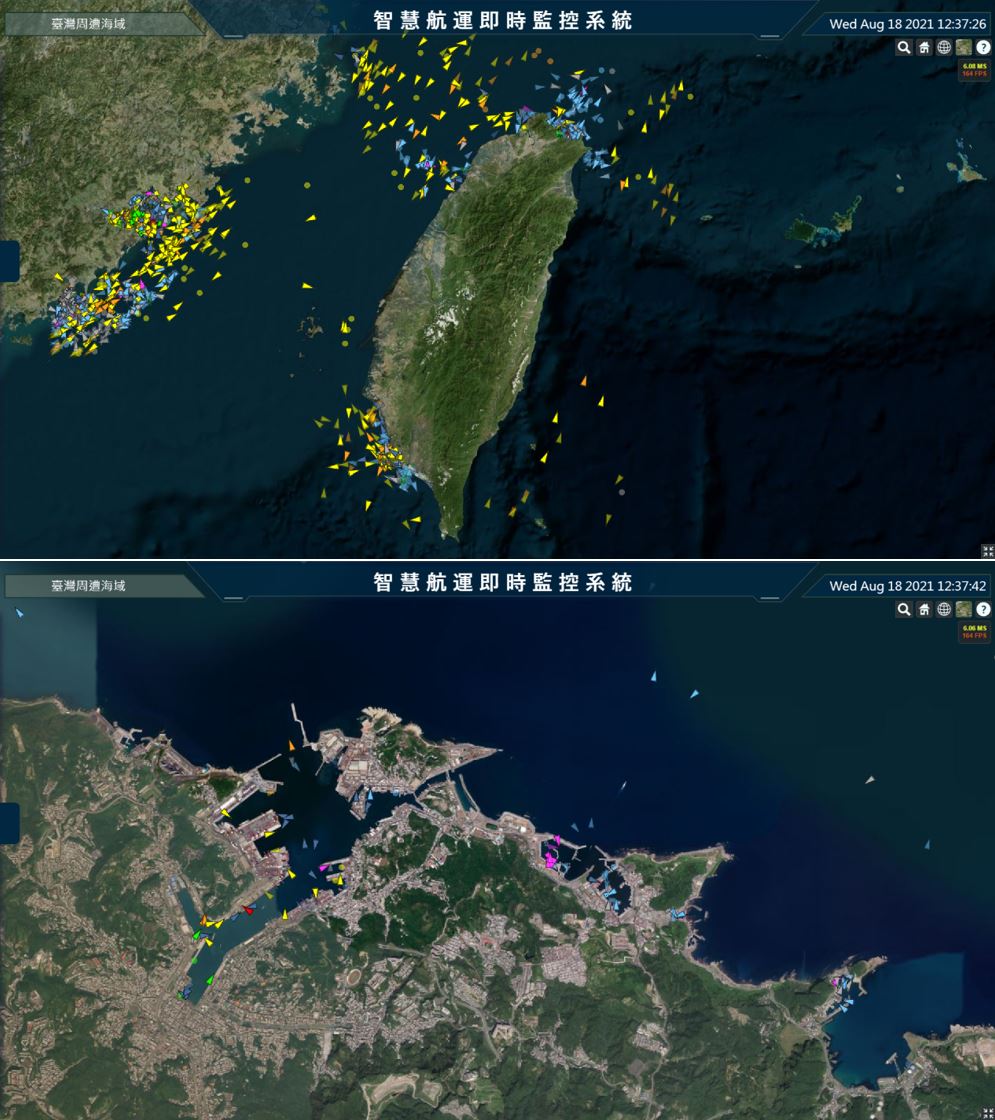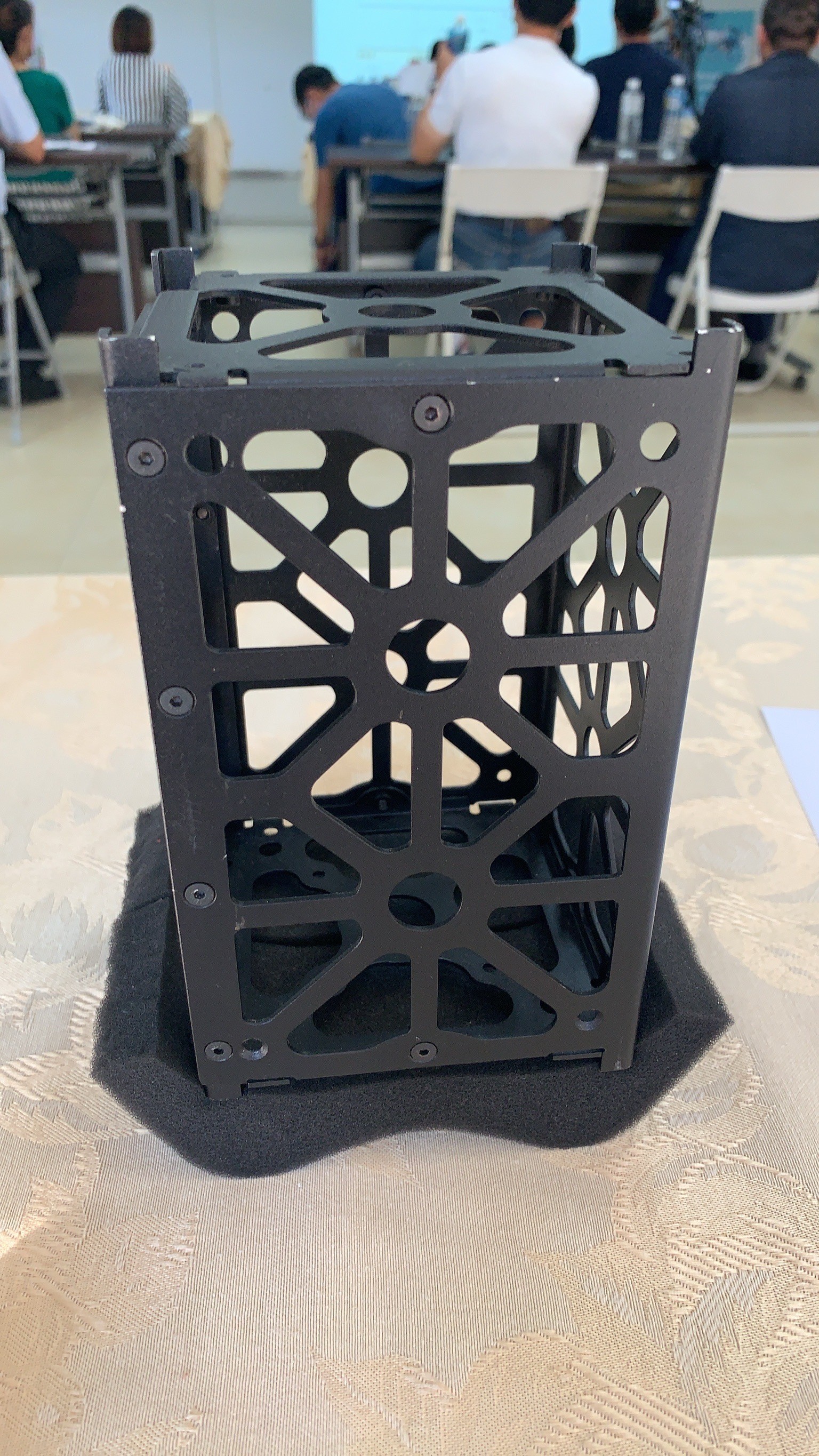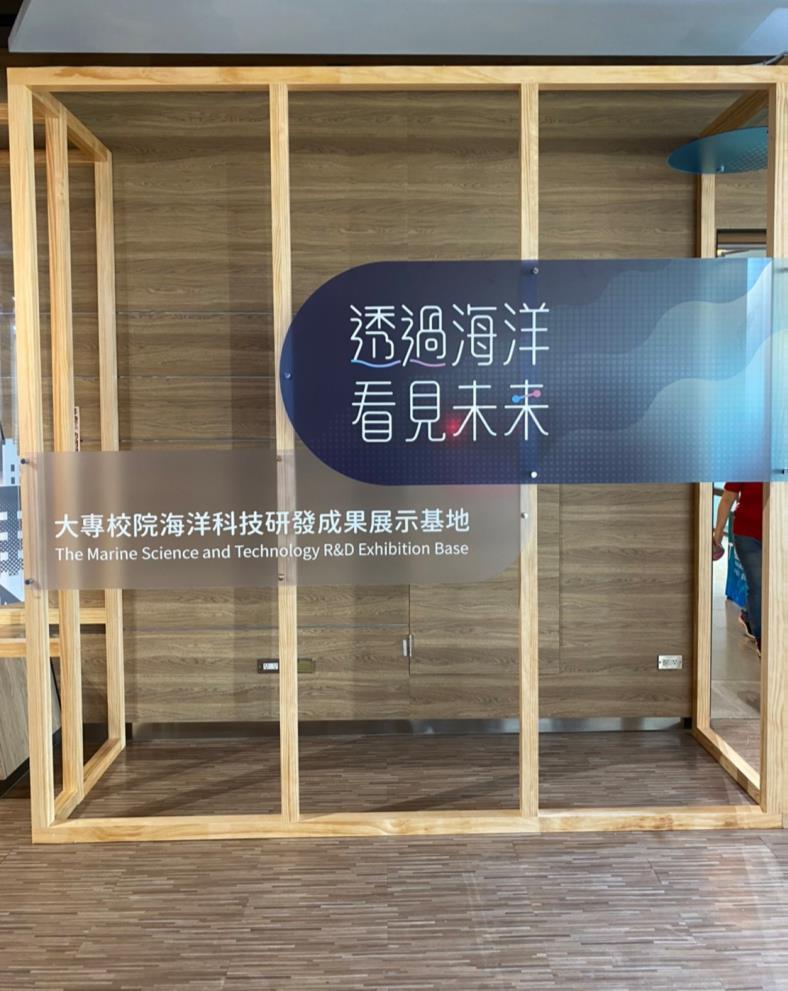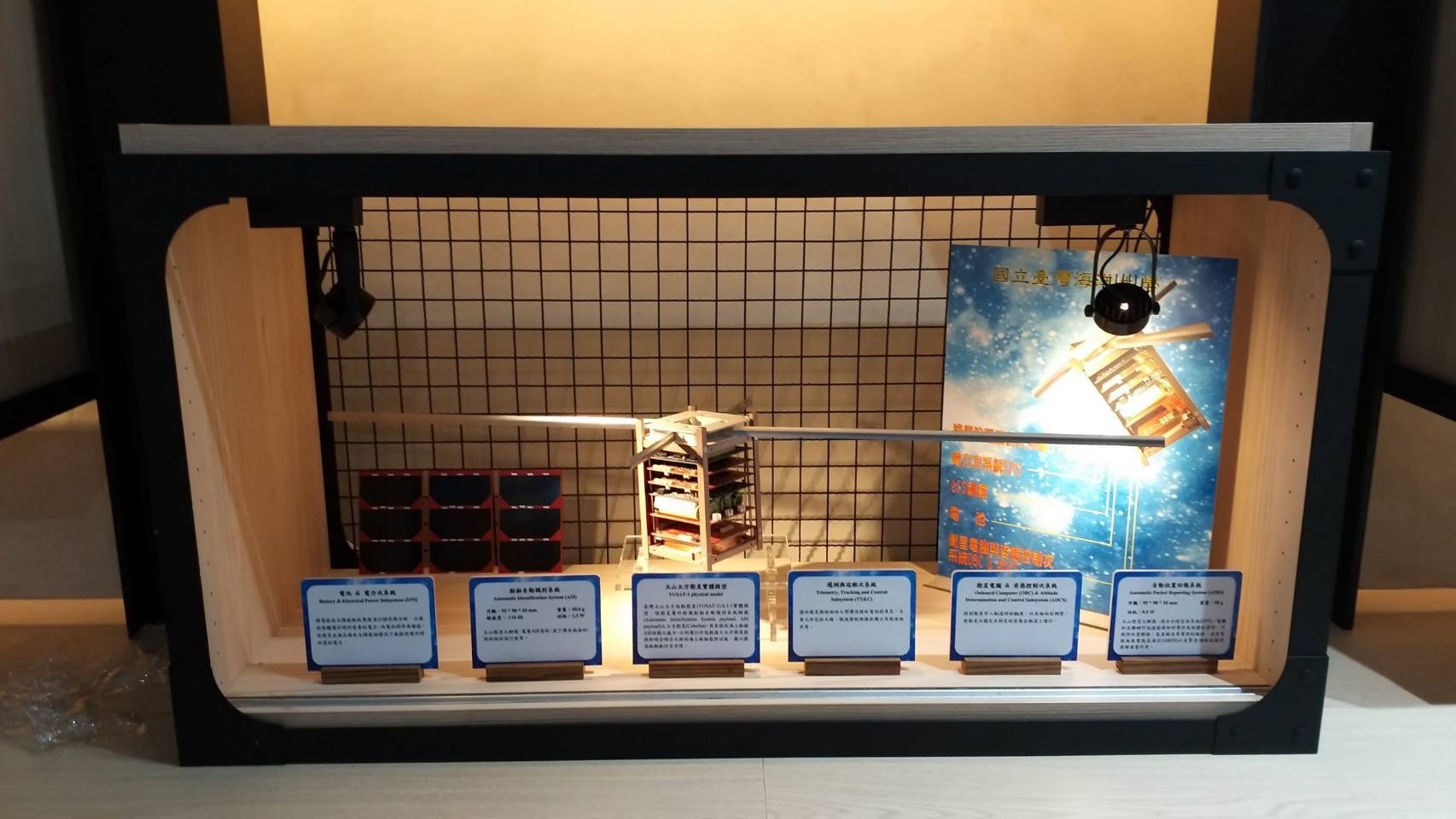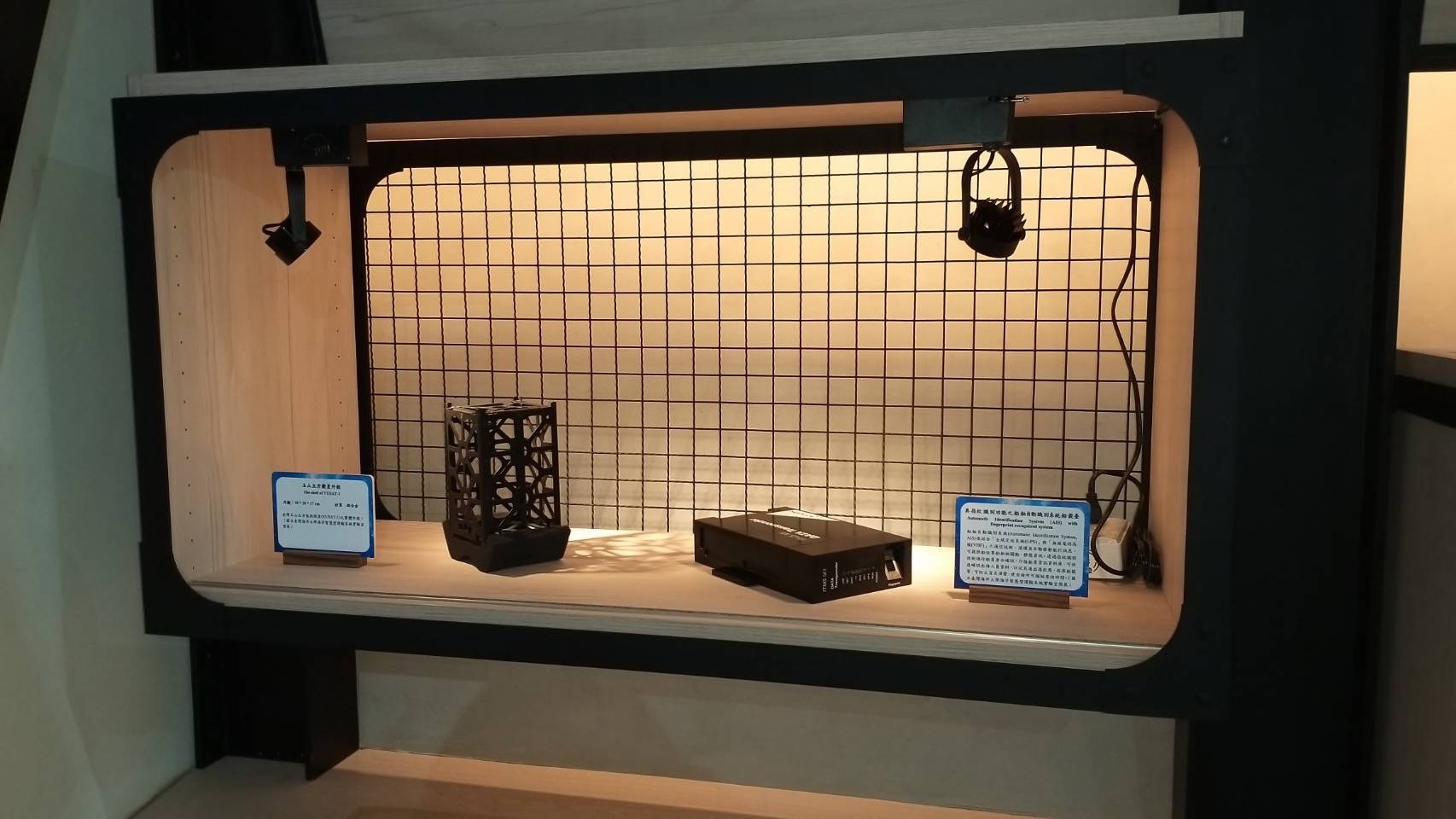Introduction to Satellite Ground Stations
Satellite ground stations are built to receive data from satellites. The satellite ground station of Ocean University is located in Room 1003 of Yanping Technology Building. Its initial function is to receive data from Yushan CubeSat. In the future, it can also try to cooperate with domestic and foreign ground stations to receive data from other satellites.
The data transmitted by the satellite is transmitted by radio since the angle of the receiving range of Yushan CubeSat is different every time it passes through the ground station. In order to obtain the data of the satellite, it is not only necessary to set up an antenna to receive it, but also to adjust the antenna angle when the satellite passes by to receive it smoothly. To this end, not only a Yagi antenna was erected on the roof of the Yanping Technology Building, but also the software in the ground station was used to automatically adjust the antenna when the satellite passed, so as to save manpower during operation.
In order to calculate the time and angle of the satellite passing through the ground station, the ground station of Ocean University uses the software gpredict to calculate the start time, end time, passing angle, etc. of the satellite passing through the ground station through the TLE file. In order to achieve automatic operation, in the aspect of storing satellite signal files, it is through Software Defined Radio (SDR), and use gnuradio to record the radio signals sent by the satellite. After receiving the radio signal, it still needs to be decoded by software before the data can be converted into a form that is easy for people to read.
